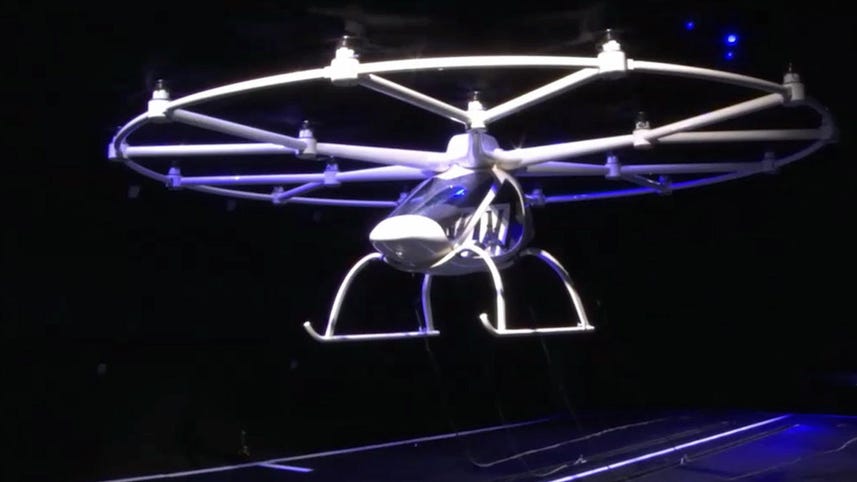
You have had an chance to see the TruView technology first hand.
Can you tell us a little bit about your experience with it?>> I think the first time you ever see it, when I saw it and we used it on air, it wows you.
The first time you are blown away because your whole life you are watching this 2D version of television.
And then all of a sudden, you're look at the screen, you're like whoa, this is different.
You don't even know you're looking at this 3D thing.
That's 360 degrees.
And I told Brian earlier I was like, who's the guy that's got that camera that's just controlling this thing that's moving around so much.
And then you kinda get into the detail of it and it's just, it's really revolutionary what they've done and pretty special.
So, OK, that's great.
That's kind of how it feels.
So maybe if we could play a clip we captured from one of the games this season and I'd like you to walk us through it and just kind of tell me your thoughts about what it's like to both be on the field and see what they see out there.
Well on this play you're going to see Joe Flacco from the Ravens, and he's got, as you can tell, the pocket where he's looking.
He's got a quarterback right there in his vision, and he's got the safety.
He's gotta fit this ball right in there.
Don't throw this Joe!
Don't throw!
Touchdown.
Good job, Joe.
But you know what?
There's not any other technology that would show you how tight this throw was and how difficult it was for Joe.
This allowed you as a viewer to really go right there and be Joe Flacco and you could be like, I can't believe he's making this throw there's no window there.
You get to appreciate the ability of that guy, at that moment.
At the same time, you'll be able to go back and nitpick and be like, not a good job Joe, you could have thrown it to the other guy.
Luckily, that was a good example there.
I think this audience would be interested, a little bit, in understanding how, exactly, the Mobileye technology can lead us to a safer future with fewer accidents, and how you really see it playing out.
Well, it starts with sensors.
We have cameras, about 12 cameras around the car.
We have a cocoon of radars and laser scanners.
Ladders all fed into high performance computing system on chips from Mobile lie on an atom architecture by Intel.
So when we talk about cameras we have three cameras in front three different fields of view which gives you about 180 degrees and in total and very high resolution so you can see about 250 meters range.
We have wing cameras and side cameras that give you half a sphere, the side.
A rear camera and then four parking cameras, altogether 12 cameras.
And then radars and letters for redundancy.
And I think we'll say bye bye to [UNKNOWN].
Thank you.
[LAUGH] We thought CES is the perfect opportunity to bring VOLOCOPTER to North America for the very first time.
So check it out.
The VOLOCOPTER is an entirely novel type of vertical takeoff and landing aircraft.
It offers unprecedented levels of safety.
It's extremely simple to fly, quiet, and when running on it's batteries emission free.
[BLANK_AUDIO]
[MUSIC]